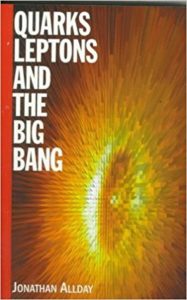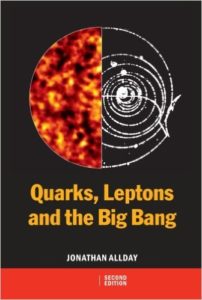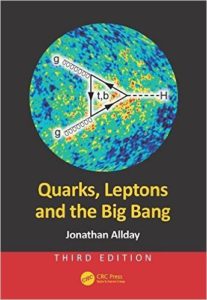Back in the 1980s I was working on my PhD in particle physics at the University of Liverpool. At the same time, I was teaching physics at the King’s School in Canterbury. As a result, I was invited to take part in a conference on teaching physics at university and school level. One of the outcomes of that conference was a few people getting together to try and develop A level (post 16) syllabuses in the UK to include particle physics and cosmology. The feeling was that physics was looking popularity partly as the syllabuses were not including the exciting aspects of physics that youngsters were reading about.
Within a few years the group that I was involved with had drafted an optional module for the EdEcxcel examination board which covered particle physics and cosmology. Alongside this syllabus we wrote support materials for teachers new to the subject.
In the process of writing this material, I became convinced that the traditional historical approach to developing this subject was not the best way of presenting it to youngsters. It seemed to me that the existence of quarks and leptons should be taken as a basis to develop an understanding of hadrons and reactions, not the other way round. In my mind, the fundamental particles were the modern equivalent of the period table, which is used as a model to study the properties of elements, not deduced from the patterns in the element’s properties.
Quarks, Leptons and the Big Bang was the result of this thinking.
The second edition expanded the sections on cosmology and quantum theory.
Now, the third edition has revised the cosmology section to approach dark matter and dark energy as observational givens, more in line with the philosophy behind the rest of the book. There have also been substantial changes to the particles section to take account of neutrino oscillations and the Higgs discovery.
The third edition is now available on amazon


